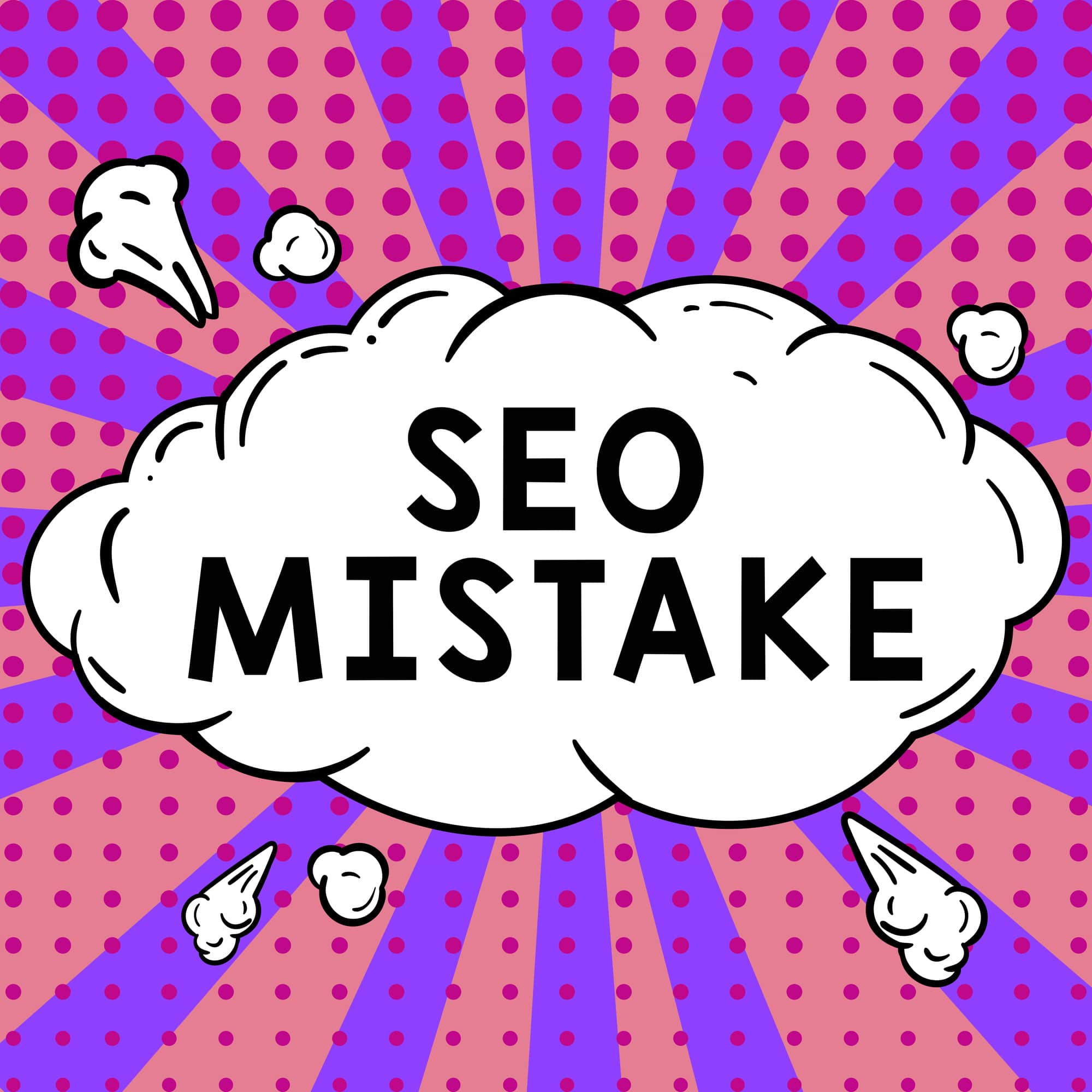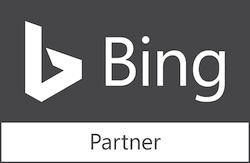 In the United States, federal, state and local government websites must comply with Section 508 regulations, meaning that website content must be accessible to people with disabilities. At this time there are no ADA legal standards for the websites of private sector organizations, but that does not mean that companies will not be sued for having a website that is not accessible. The number of Federal Website Accessibility lawsuits in the US nearly tripled in 2018 compared to 2017, and there are expected to be at least 7% more lawsuits in 2019 as compared to 2018.
In the United States, federal, state and local government websites must comply with Section 508 regulations, meaning that website content must be accessible to people with disabilities. At this time there are no ADA legal standards for the websites of private sector organizations, but that does not mean that companies will not be sued for having a website that is not accessible. The number of Federal Website Accessibility lawsuits in the US nearly tripled in 2018 compared to 2017, and there are expected to be at least 7% more lawsuits in 2019 as compared to 2018.
Private Sector Websites and Compliance
Although Section 508 is a federal regulation, it’s important to realize that several states have passed legislation regarding communications and technology. If you are unsure about regulations in your state, here’s a current list. The majority of recent Federal Website Accessibility lawsuits were filed in California (22%), New York (21%) and Florida (12%). In terms of industries, retail overwhelmingly experienced the most litigation (58%), followed by food service, travel/hospitality, banking/financial, entertainment & leisure and self-service.
Until recently, many felt that website compliance was most important for companies that also had a brick-and-mortar storefront. In other words, companies with shops, showrooms or other physical locations that customers could potentially visit would need to comply with accessibility in their stores and should also have accessible websites. However, recently judges have been viewing websites as “places of public accommodation”. The first case was against Dick Blick art materials – its corporate website is not affiliated with any of its stores. And in fall 2019, The Supreme Court refused to hear an appeal from Domino’s. The pizza chain, which tried to claim its website was not affiliated with any of its individual shops, was sued several years earlier by a visually impaired customer who was not able to order a pizza using the Domino’s website or mobile app as neither is accessible to screen readers.
Costs vs. Benefits of Compliance
Companies found to be in digital ADA non-compliance can be fined heavily – up to $75,000 for an initial ADA violation and $150,000 for subsequent violations. Website accessibility isn’t just about meeting the law or avoiding a lawsuit or hefty fine though, it’s also the right thing to do. There are currently estimated to be 35 million people in the US who have a visual, hearing, ambulatory or cognitive disability. It is not appropriate to exclude them from visiting or engaging with your company’s website.
In addition to being inclusive, there are also many other potential benefits to having an accessible website:
- Improved ranking from image alt text.
- Reduced bounce rate as fewer site visitors will have an immediate reason to leave.
- Competitive advantage if others in your industry are choosing to ignore this segment.
- Increased leads or sales.
Website Accessibility For All
State legislature is only expected to get stricter with regard to both privacy and accessibility. With that in mind, if you’re developing a new website, follow “design for inclusion” best-practices so that the site will meet Section 508 Compliance. If you’re working with an existing site, run an audit using an accessibility checker such as the WAVE tool powered by WebAIM or DynoMapper to identify and correct non-compliance items. In either case, our “SEO Driven Tips For 508 Compliance & Accessibility” article may be a helpful resource.
Want assistance with implementing accessibility best practices? periscopeUP can help. Contact us to make your website compliant and accessible to all users.







